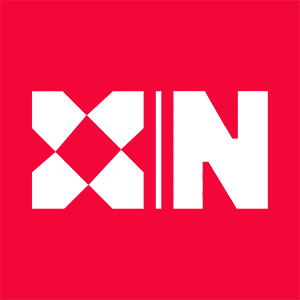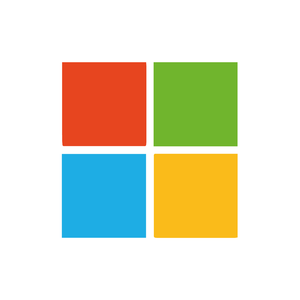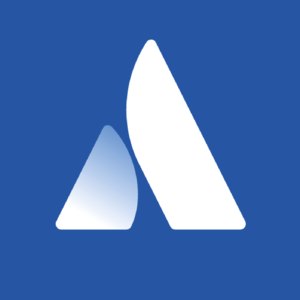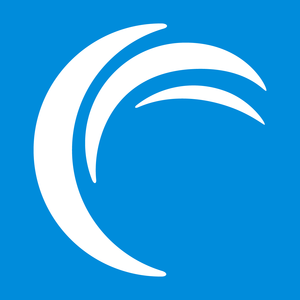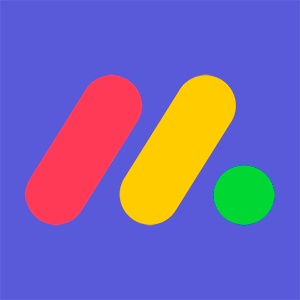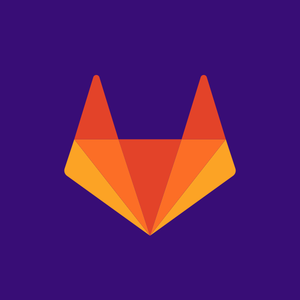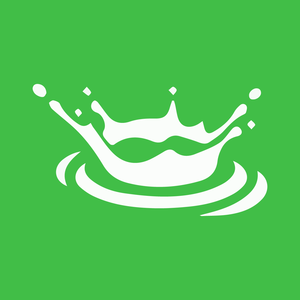
JFrog (FROG)
We’re firm believers in JFrog. Its efficient sales engine has led to first-class growth, showing it can win market share organically.― StockStory Analyst Team
1. News
2. Summary
Why We Like JFrog
Named after the amphibian that continuously evolves from egg to tadpole to adult, JFrog (NASDAQ:FROG) provides a platform that helps organizations securely create, store, manage, and distribute software packages across any system.
- Market share has increased as its 23.6% annual revenue growth over the last two years was exceptional
- Strong free cash flow margin of 28% gives it the option to reinvest, repurchase shares, or pay dividends
- Software platform has product-market fit given the rapid recovery of its customer acquisition costs


JFrog is a market leader. The valuation looks reasonable in light of its quality, so this could be an opportune time to buy some shares.
Why Is Now The Time To Buy JFrog?
High Quality
Investable
Underperform
Why Is Now The Time To Buy JFrog?
JFrog is trading at $62.63 per share, or 12.5x forward price-to-sales. Many software names may carry a lower valuation multiple, but JFrog’s price is fair given its business quality.
By definition, where you buy a stock impacts returns. Still, our extensive analysis shows that investors should worry much more about business quality than entry price if the ultimate goal is long-term returns.
3. JFrog (FROG) Research Report: Q3 CY2025 Update
Software supply chain platform JFrog (NASDAQ:FROG) reported Q3 CY2025 results exceeding the market’s revenue expectations, with sales up 25.5% year on year to $136.9 million. On top of that, next quarter’s revenue guidance ($137.5 million at the midpoint) was surprisingly good and 4.8% above what analysts were expecting. Its non-GAAP profit of $0.22 per share was 34.4% above analysts’ consensus estimates.
JFrog (FROG) Q3 CY2025 Highlights:
- Revenue: $136.9 million vs analyst estimates of $128.4 million (25.5% year-on-year growth, 6.6% beat)
- Adjusted EPS: $0.22 vs analyst estimates of $0.16 (34.4% beat)
- Adjusted Operating Income: $25.61 million vs analyst estimates of $17.81 million (18.7% margin, 43.8% beat)
- Revenue Guidance for Q4 CY2025 is $137.5 million at the midpoint, above analyst estimates of $131.2 million
- Management raised its full-year Adjusted EPS guidance to $0.79 at the midpoint, a 14.5% increase
- Operating Margin: -15.8%, up from -27.4% in the same quarter last year
- Free Cash Flow Margin: 21%, down from 27.9% in the previous quarter
- Customers: 1,121 customers paying more than $100,000 annually
- Net Revenue Retention Rate: 118%, in line with the previous quarter
- Billings: $163.8 million at quarter end, up 24.1% year on year
- Market Capitalization: $5.38 billion
Company Overview
Named after the amphibian that continuously evolves from egg to tadpole to adult, JFrog (NASDAQ:FROG) provides a platform that helps organizations securely create, store, manage, and distribute software packages across any system.
JFrog's platform serves as the critical bridge between software development and deployment, acting as the "database of DevOps" where all software packages are stored, scanned, and managed. At its core is JFrog Artifactory, a universal package repository that functions as a single source of truth for an organization's software components. The platform understands dependencies between packages, ensuring that deployed software is always current and secure.
Beyond Artifactory, JFrog offers a suite of integrated products that cover the entire software supply chain. JFrog Xray scans for vulnerabilities and compliance issues, while JFrog Advanced Security provides deeper binary-level security analysis. JFrog Distribution handles reliable package distribution to multiple locations, and JFrog Artifactory Edge enables efficient updates at runtime environments. The platform also includes tools for pipeline automation, device management, and DevOps intelligence.
Companies typically begin with free trials or open-source versions before upgrading to paid tiers that include more functionality. JFrog's multi-tiered subscription model ranges from JFrog Pro for basic needs to JFrog Enterprise Plus for organizations requiring the full platform capabilities. This approach has helped JFrog build a diverse customer base across industries, with organizations relying on its technology to continuously deliver secure software updates.
4. Developer Operations
As Marc Andreessen says, "software is eating the world" which means the volume of software produced is exploding. But building software is complex and difficult work which drives demand for software tools that help increase the speed, quality, and security of software deployment.
JFrog competes with GitHub Actions (Microsoft), GitLab CI/CD (NASDAQ: GTLB), Sonatype Nexus, Docker Hub, Snyk, and Atlassian's Bitbucket Pipelines (NASDAQ: TEAM), as well as cloud provider offerings like AWS CodeArtifact and Google Artifact Registry.
5. Revenue Growth
Reviewing a company’s long-term sales performance reveals insights into its quality. Any business can put up a good quarter or two, but many enduring ones grow for years. Thankfully, JFrog’s 29.3% annualized revenue growth over the last five years was impressive. Its growth beat the average software company and shows its offerings resonate with customers, a helpful starting point for our analysis.
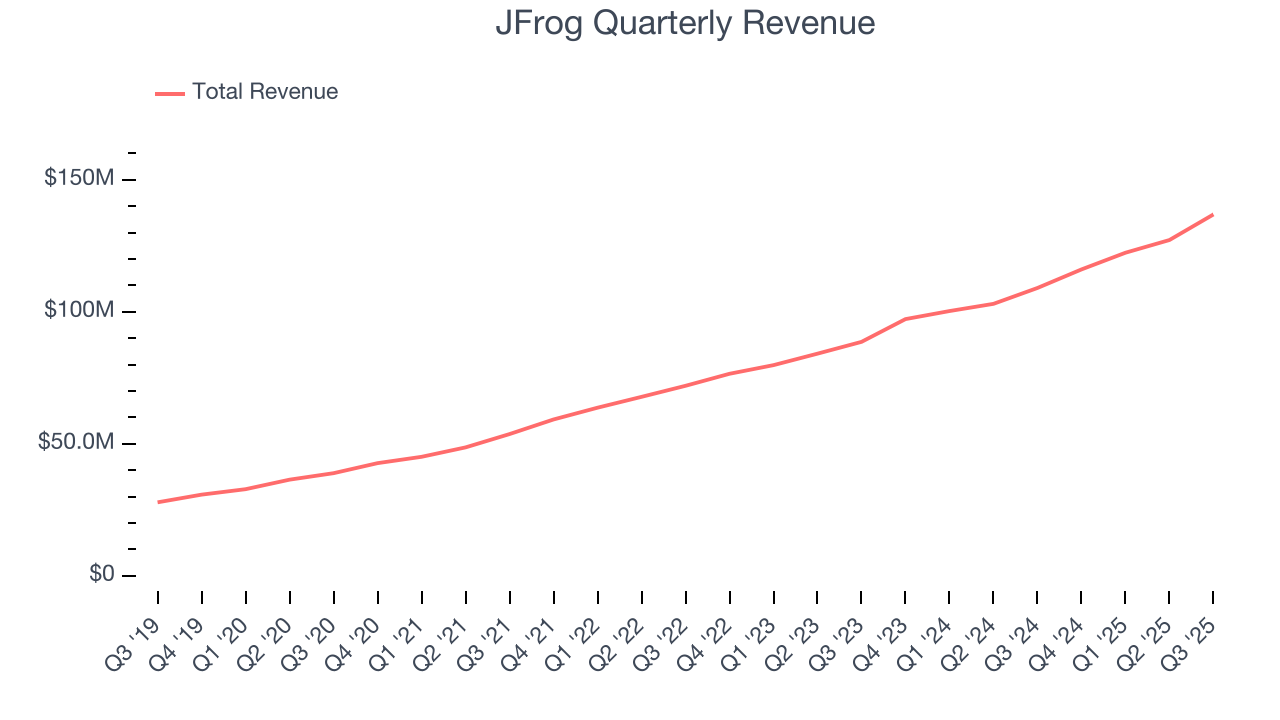
Long-term growth is the most important, but within software, a half-decade historical view may miss new innovations or demand cycles. JFrog’s annualized revenue growth of 23.6% over the last two years is below its five-year trend, but we still think the results suggest healthy demand. 
This quarter, JFrog reported robust year-on-year revenue growth of 25.5%, and its $136.9 million of revenue topped Wall Street estimates by 6.6%. Company management is currently guiding for a 18.5% year-on-year increase in sales next quarter.
Looking further ahead, sell-side analysts expect revenue to grow 12.6% over the next 12 months, a deceleration versus the last two years. This projection doesn't excite us and indicates its products and services will face some demand challenges. At least the company is tracking well in other measures of financial health.
6. Billings
Billings is a non-GAAP metric that is often called “cash revenue” because it shows how much money the company has collected from customers in a certain period. This is different from revenue, which must be recognized in pieces over the length of a contract.
JFrog’s billings punched in at $163.8 million in Q3, and over the last four quarters, its growth was impressive as it averaged 22.9% year-on-year increases. This performance aligned with its total sales growth, indicating robust customer demand. The high level of cash collected from customers also enhances liquidity and provides a solid foundation for future investments and growth. 
7. Enterprise Customer Base
This quarter, JFrog reported 1,121 enterprise customers paying more than $100,000 annually, an increase of 45 from the previous quarter. That’s quite a bit more contract wins than last quarter and quite a bit above what we’ve observed over the previous year. Shareholders should take this as an indication that JFrog’s go-to-market strategy is working well.

8. Customer Acquisition Efficiency
The customer acquisition cost (CAC) payback period measures the months a company needs to recoup the money spent on acquiring a new customer. This metric helps assess how quickly a business can break even on its sales and marketing investments.
JFrog is quite efficient at acquiring new customers, and its CAC payback period checked in at 31.1 months this quarter. The company’s rapid recovery of its customer acquisition costs indicates it has a strong brand reputation, giving it more resources pursue new product initiatives while maintaining the flexibility to increase its sales and marketing investments. 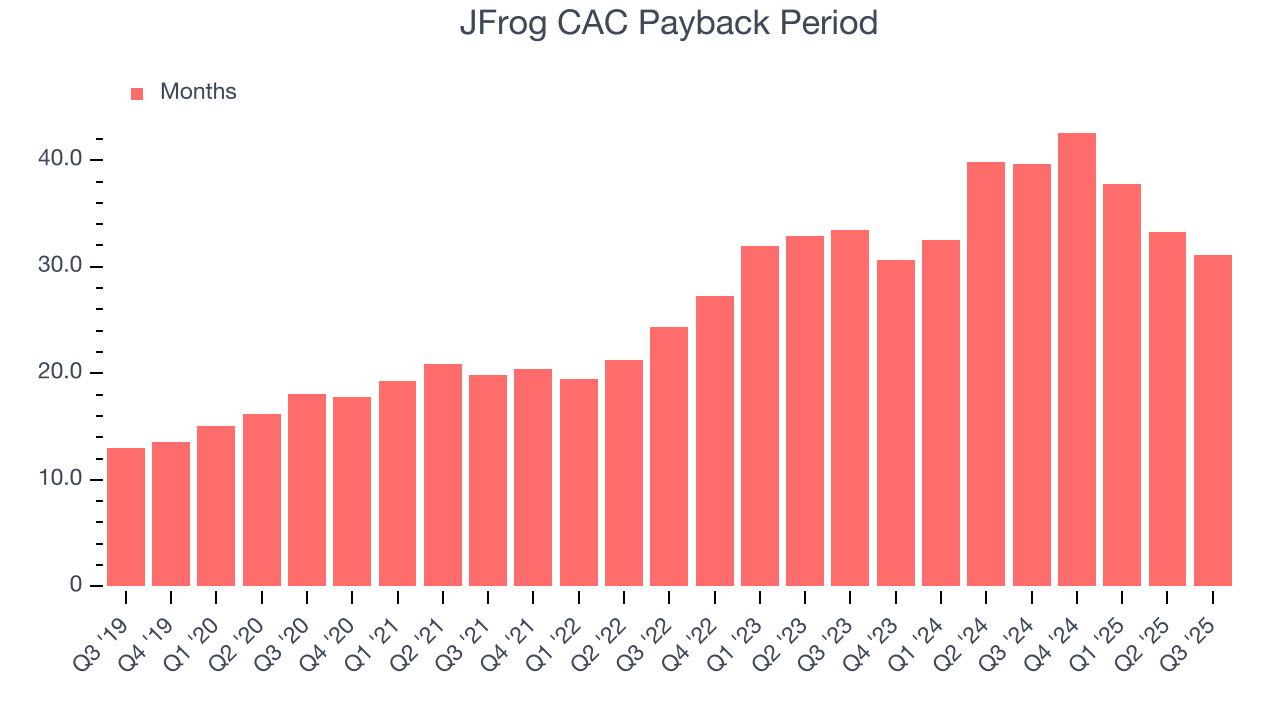
9. Customer Retention
One of the best parts about the software-as-a-service business model (and a reason why they trade at high valuation multiples) is that customers typically spend more on a company’s products and services over time.
JFrog’s net revenue retention rate, a key performance metric measuring how much money existing customers from a year ago are spending today, was 117% in Q3. This means JFrog would’ve grown its revenue by 17% even if it didn’t win any new customers over the last 12 months.

JFrog has a good net retention rate, proving that customers are satisfied with its software and getting more value from it over time, which is always great to see.
10. Gross Margin & Pricing Power
What makes the software-as-a-service model so attractive is that once the software is developed, it usually doesn’t cost much to provide it as an ongoing service. These minimal costs can include servers, licenses, and certain personnel.
JFrog’s gross margin is good for a software business and points to its solid unit economics, competitive products and services, and lack of meaningful pricing pressure. As you can see below, it averaged an impressive 76.2% gross margin over the last year. That means for every $100 in revenue, roughly $76.17 was left to spend on selling, marketing, and R&D.
The market not only cares about gross margin levels but also how they change over time because expansion creates firepower for profitability and free cash generation. JFrog has seen gross margins decline by 1.4 percentage points over the last 2 year, which is poor compared to software peers.
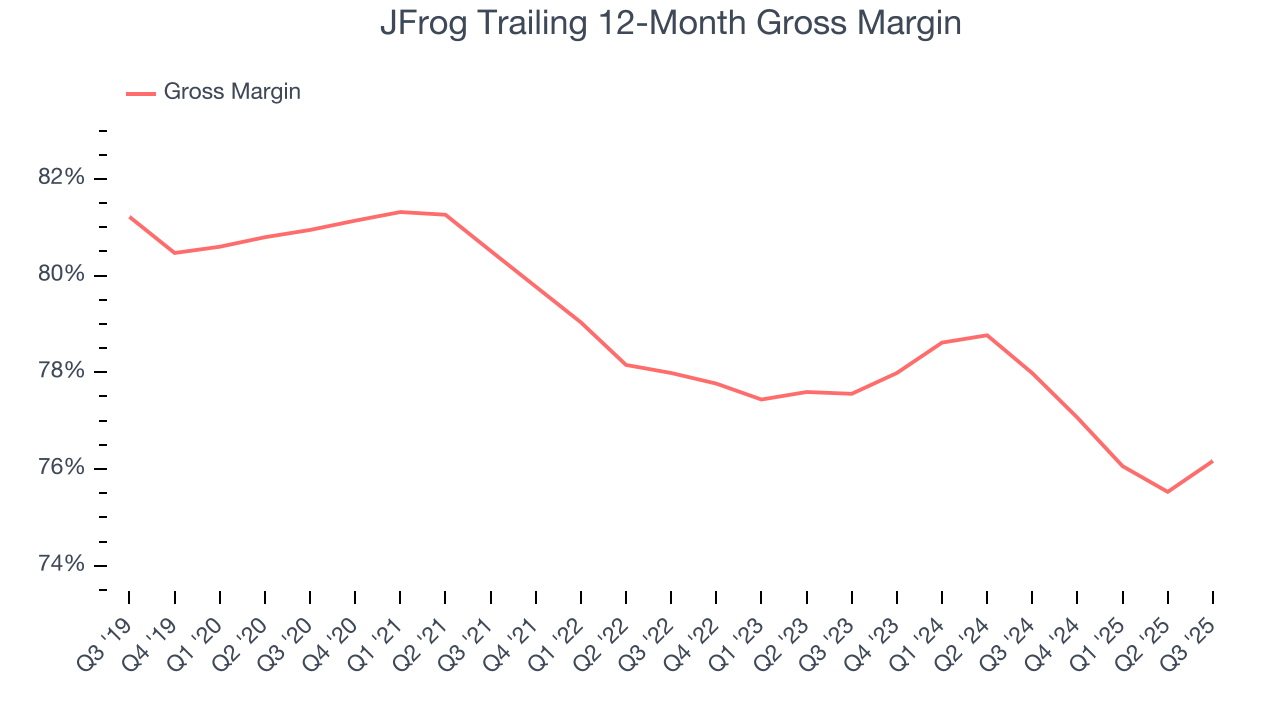
This quarter, JFrog’s gross profit margin was 77.4%, up 2.5 percentage points year on year. Zooming out, however, JFrog’s full-year margin has been trending down over the past 12 months, decreasing by 1.8 percentage points. If this move continues, it could suggest a more competitive environment with some pressure to lower prices and higher input costs.
11. Operating Margin
Many software businesses adjust their profits for stock-based compensation (SBC), but we prioritize GAAP operating margin because SBC is a real expense used to attract and retain engineering and sales talent. This metric shows how much revenue remains after accounting for all core expenses – everything from the cost of goods sold to sales and R&D.
JFrog’s expensive cost structure has contributed to an average operating margin of negative 19.1% over the last year. This happened because the company spent loads of money to capture market share. As seen in its fast revenue growth, the aggressive strategy has paid off so far, but it’s unclear what would happen if JFrog reeled back its investments. Still, we’re optimistic the business can continue growing and reach profitability upon scale.
Looking at the trend in its profitability, JFrog’s operating margin might fluctuated slightly but has generally stayed the same over the last two years. This raises questions about the company’s expense base because its revenue growth should have given it leverage on its fixed costs, resulting in better economies of scale and profitability.
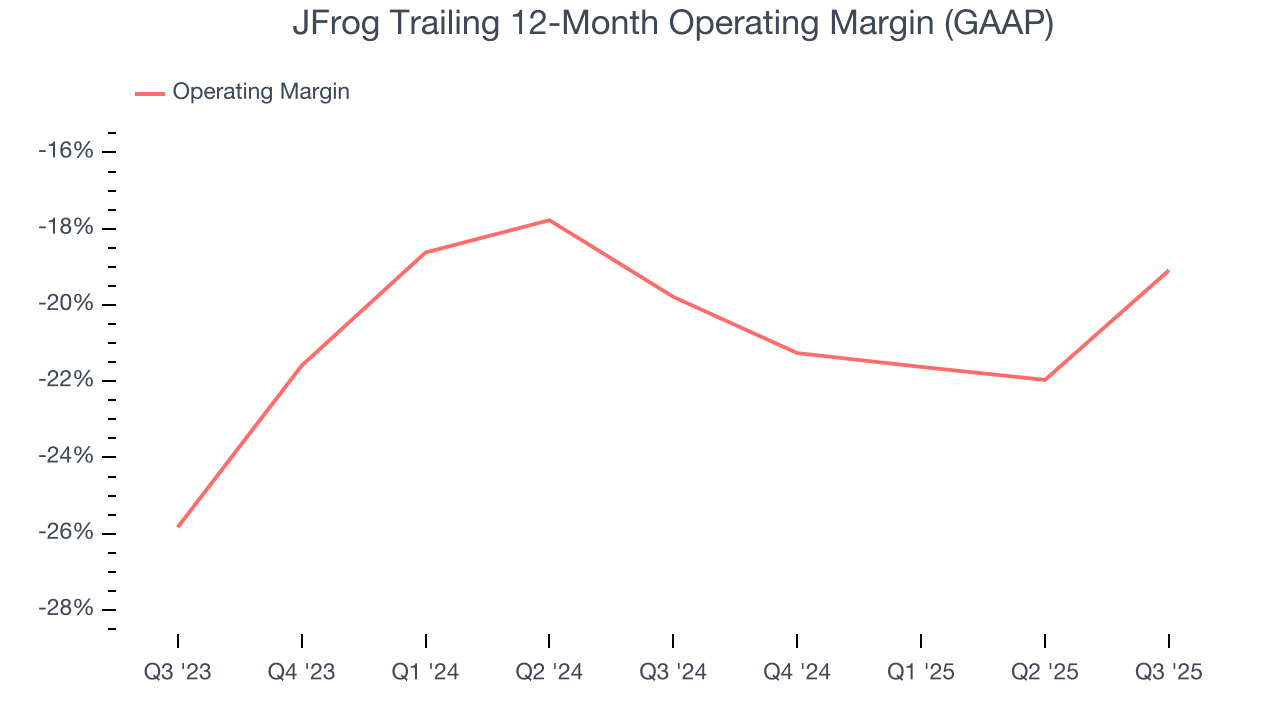
This quarter, JFrog generated a negative 15.8% operating margin.
12. Cash Is King
Although earnings are undoubtedly valuable for assessing company performance, we believe cash is king because you can’t use accounting profits to pay the bills.
JFrog has shown robust cash profitability, driven by its attractive business model and cost-effective customer acquisition strategy that enable it to invest in new products and services rather than sales and marketing. The company’s free cash flow margin averaged 28% over the last year, quite impressive for a software business. The divergence from its underwhelming operating margin stems from the add-back of non-cash charges like depreciation and stock-based compensation. GAAP operating profit expenses these line items, but free cash flow does not.
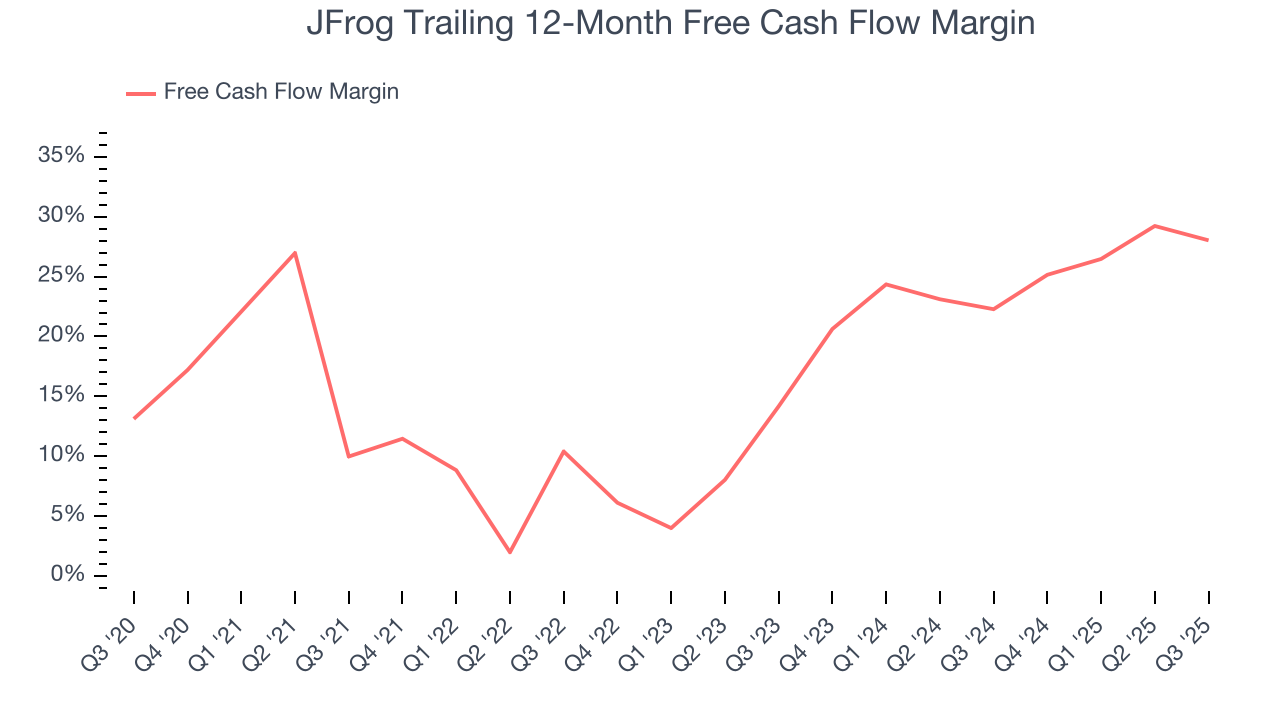
JFrog’s free cash flow clocked in at $28.81 million in Q3, equivalent to a 21% margin. The company’s cash profitability regressed as it was 3.4 percentage points lower than in the same quarter last year, but we wouldn’t read too much into the short term because investment needs can be seasonal, causing temporary swings. Long-term trends trump fluctuations.
Over the next year, analysts predict JFrog’s cash conversion will fall. Their consensus estimates imply its free cash flow margin of 28% for the last 12 months will decrease to 23.4%.
13. Balance Sheet Assessment
Companies with more cash than debt have lower bankruptcy risk.
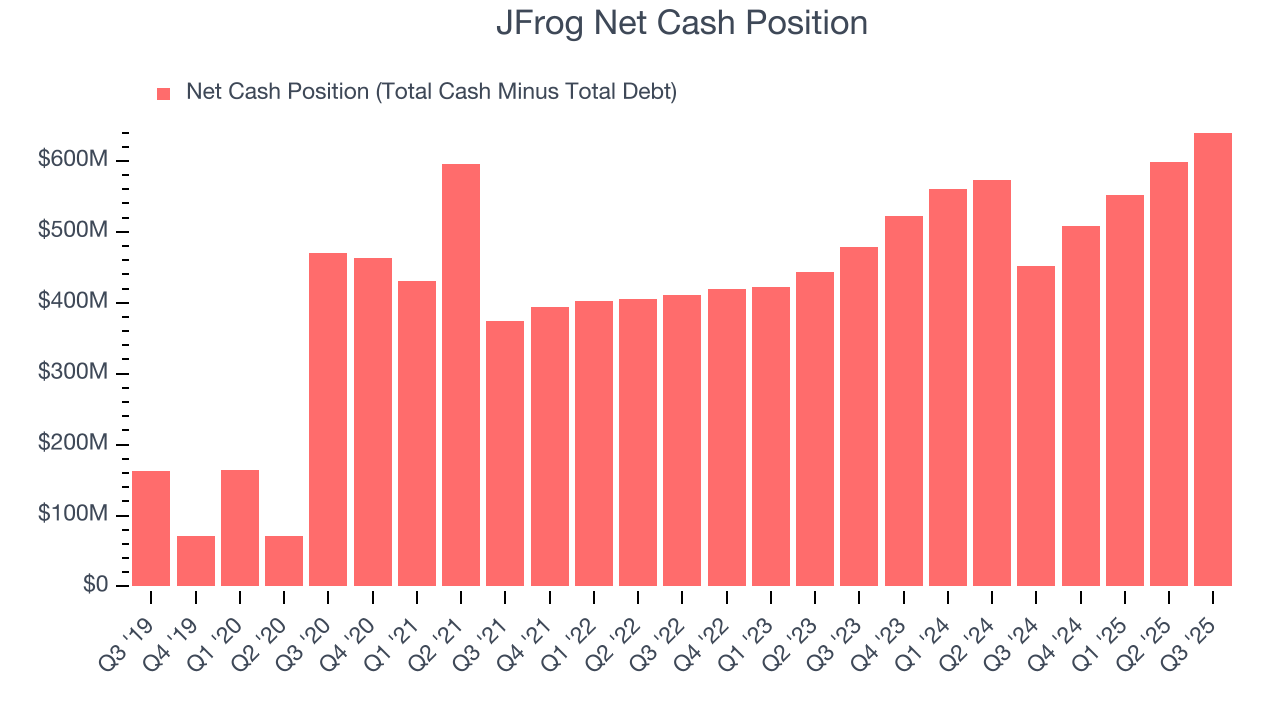
JFrog is a well-capitalized company with $651.1 million of cash and $11.15 million of debt on its balance sheet. This $639.9 million net cash position is 9.1% of its market cap and gives it the freedom to borrow money, return capital to shareholders, or invest in growth initiatives. Leverage is not an issue here.
14. Key Takeaways from JFrog’s Q3 Results
It was great to see JFrog blow past analysts’ expectations across the board this quarter and raise its EPS guidance. We were also glad that its revenue and billings growth accelerated while its CAC payback period continued to fall, indicating better go-to-market efficiency. Zooming out, we think this quarter featured some important positives. The stock traded up 22.7% to $58 immediately after reporting.
15. Is Now The Time To Buy JFrog?
Updated: December 3, 2025 at 9:05 PM EST
A common mistake we notice when investors are deciding whether to buy a stock or not is that they simply look at the latest earnings results. Business quality and valuation matter more, so we urge you to understand these dynamics as well.
JFrog is a rock-solid business worth owning. For starters, its revenue growth was strong over the last five years. And while its operating margins reveal poor profitability compared to other software companies, its splendid ARR growth shows it’s securing more long-term contracts and becoming a more predictable business. Additionally, JFrog’s bountiful generation of free cash flow empowers it to invest in growth initiatives.
JFrog’s price-to-sales ratio based on the next 12 months is 12.3x. Looking at the software landscape today, JFrog’s fundamentals really stand out, and we like it at this price.
Wall Street analysts have a consensus one-year price target of $69.22 on the company (compared to the current share price of $62.89), implying they see 10.1% upside in buying JFrog in the short term.

